Kenya's history is not only comprehensive, but also exciting as you all know in Kenya. Human history can be dated back centuries ago due to the discovery of the earliest fossils of hominids. Anthropologist Richard Leaky is one of the celebrities whose discoveries in the Koobi Fora region near the shores of Lake Rudolf are famous. The home of Habilis and Australopithecus boisoi skeletons can be found at this site.
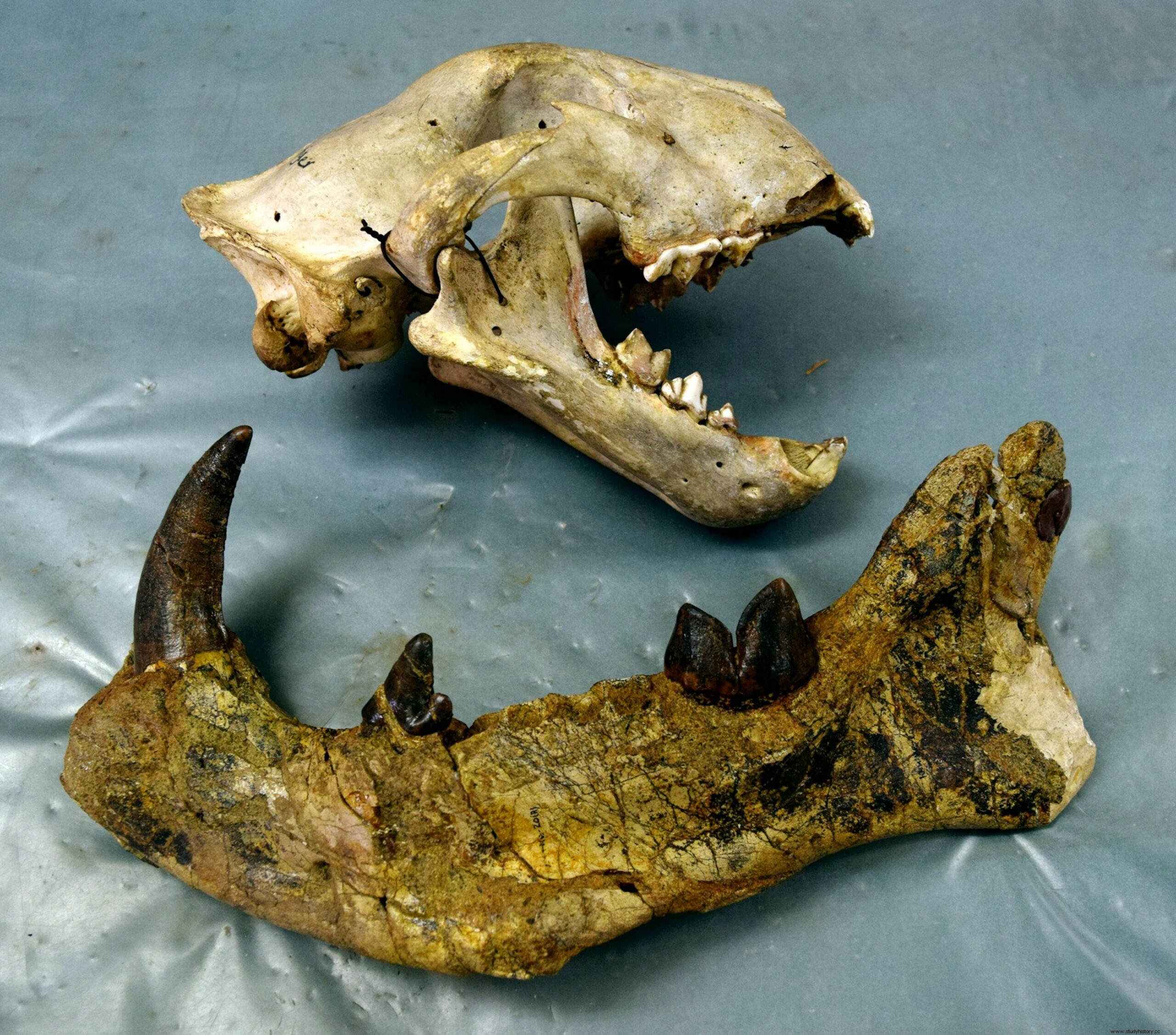
Kenya is not only known for its history of fossilized remains, but also wonderful nature reserves and scenic landscapes. Along the coast of the Indian Ocean are some of the most beautiful beaches in Africa, which are historically also known to be the significant port where Asian and Arab traders had traded goods on the continent for centuries.
The coast is dominated by Muslim Swahili cities such as Mombasa that have contributed to the nation's culinary and musical heritage. While Mombasa represents the country as a historic center, the capital of Kenya, Nairobi among other African metropolises is a study in contrast to its tall skyscrapers that look out to the distant urban cities. In this post, we follow the present, but focus mostly on Kenya's history.
History of Kenya
Although today's topography is majestic, I will show you the past that leads to present-day Kenya, and for that we must trace the Kenyan historical timeline since pre-colonial times.
Pre-colonial era in the History of Kenya
About two thousand BC, the people of North Africa who spoke Cushitic inhabited parts of East Africa now known as Kenya. Persian and Arab colonies were established on the coast of Kenya, in the first century AD. due to the country's proximity to the Arabian Peninsula. During the first millennium AD. moved the Bantu and Nilotic people and settled in the region.
Arrival of Europeans
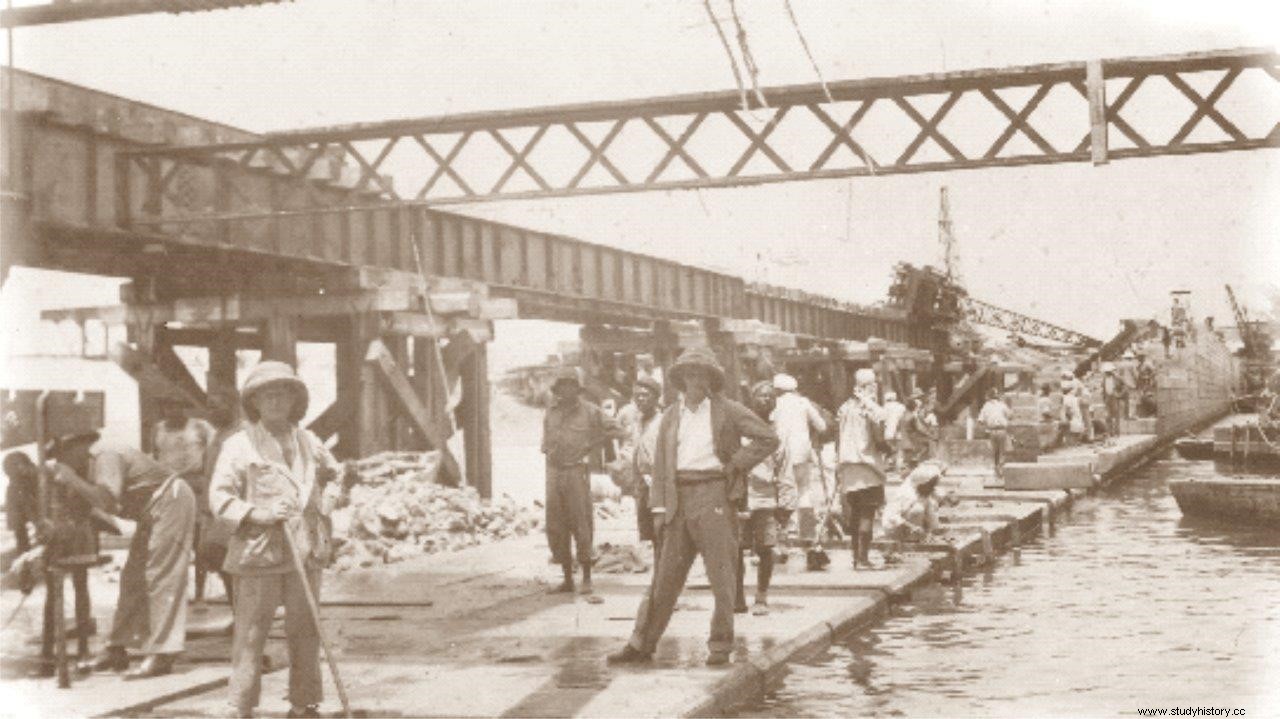
The Swahili language became lingua franca, developed from the merging of Arabic and Bantu, among the various people who came to trade products. Mombasa became an important port linked to the Far East and was dominated by Arabs when the Portuguese arrived in 1498. The Portuguese surrendered to the Islamic government under the Imam of Oman until the 17th century when another powerful European influence, the British came during it nineteenth century.
Kenya's Colonial History
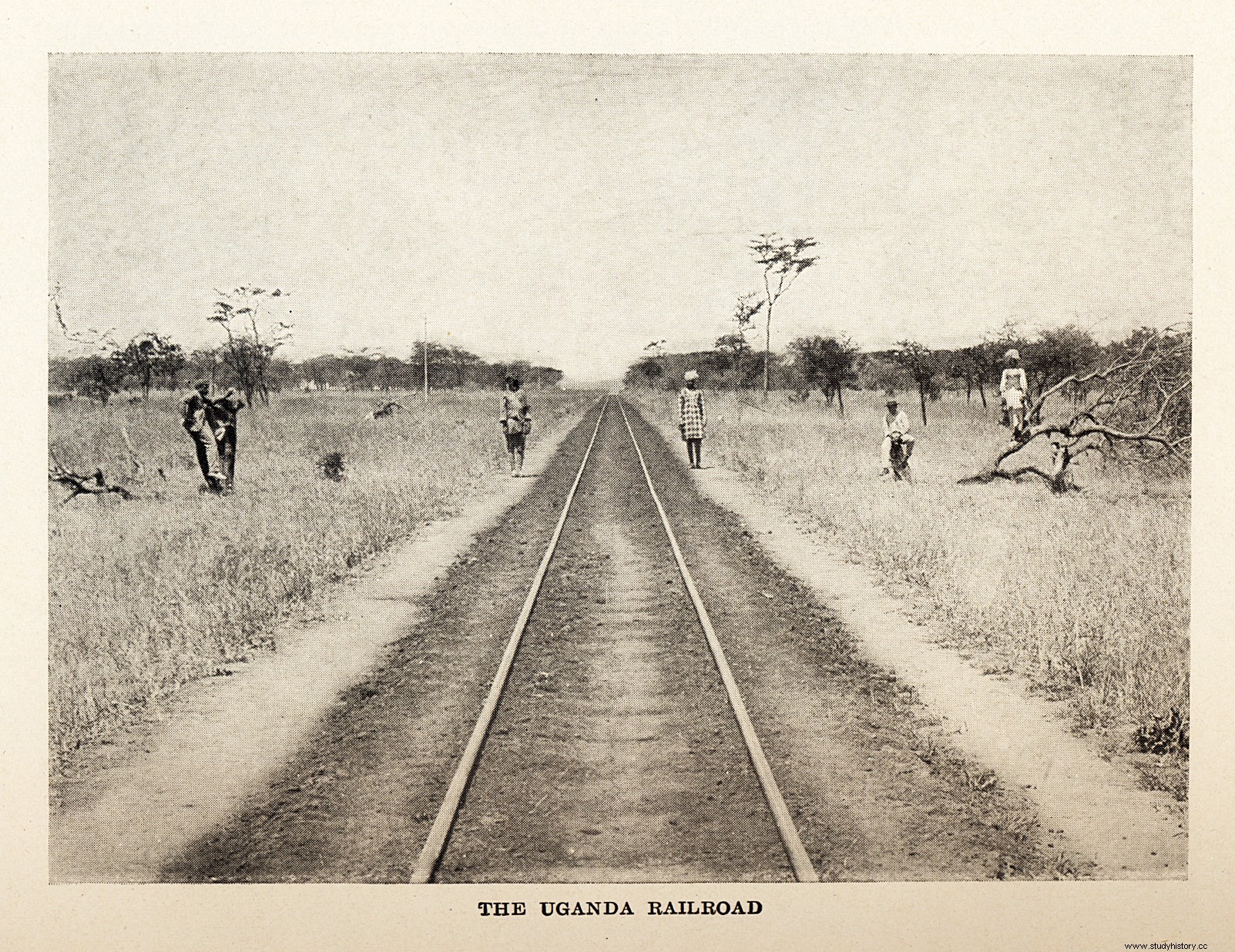
The historical facts about Kenya indicate that the origins of the colonial history of Kenya date back to the Berlin Conference in 1885 when the European authorities divided East Africa into influential territories. By 1895, the British government had established the East African Protectorate and opened the fertile lands to the white people. Asians and Africans were banned from participating in any political agenda until 1944, while white residents had a voice in government issues even before the country was officially declared a British colony in 1920. During this period, many Indians were brought to build the Kenya Uganda railway line and soon after they settled there with their relatives who were mainly businessmen from India.
Resistance in Kenya against the colonialist uprising in Mau Mau
The tribal members of Kamba, Embu, Meru and Kikuyu took an oath of secrecy and unity to fight for freedom against British rule in 1942. Kenya embarked on the long journey to the national sovereignty of the Mau Mau movement that began with that oath. Jomo Kenyatta was arrested in 1953 for leading the Mau Mau movement and sentenced to seven years in prison.
Another freedom fighter named Dedan Kimathi was arrested in 1956 for being one of the leaders of the freedom movement and was then hanged to death by the colonialists. From 1952, October to 1959, December, Kenya was declared a state of emergency and several Kenyans were imprisoned in internment camps due to the rapidly growing uprising in the Mau Mau uprising against British colonial rule. During this time, participation in the African political process increased rapidly. On a representative basis, in 1954, all three races, which included Asian, African and European, were entered into the Kenya Legislative Council.
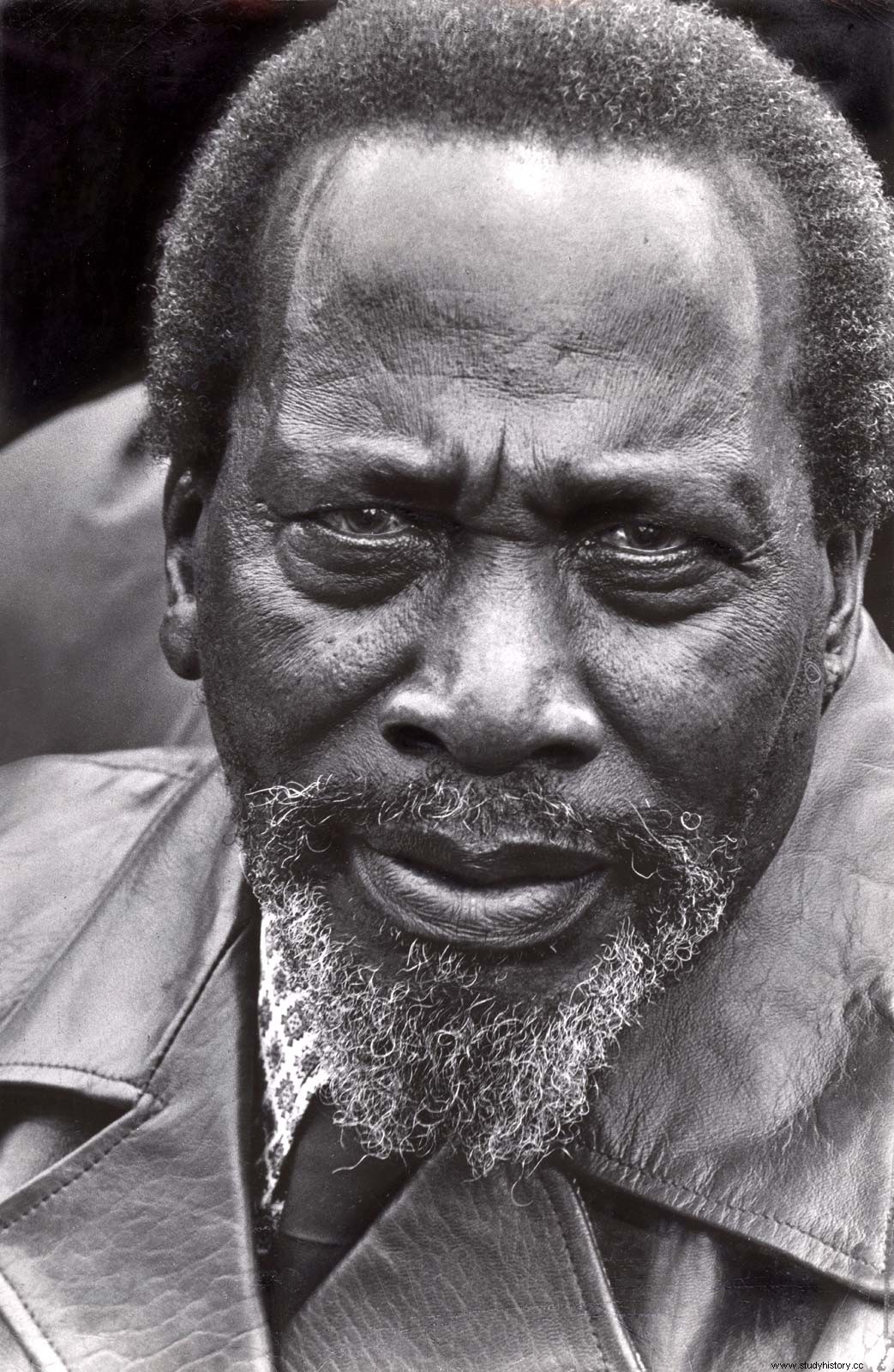
It was a monumental moment in Kenya's history when the first direct election in 1957 for Africans took place, and those elected maximized the frustration of the people regarding the release of Jomo Kenyatta from detention. Another important moment in Kenya's history was Kenya's independence on December 12, 1963, followed by the release of Kenyatta to become the first Prime Minister in 1962. To answer your question, when did Kenya become a republic, I had to say it became a republic in 1964? with Kenyatta as its first president and Oginga Odinga as its vice president, and it also joined the British Commonwealth the same year.
The Journey of Kenyatta's Ruling in the History of Kenya
To quell a mutiny of the army, Kenyatta sought the help of British troops in 1964. Thereafter, the president proposed new terms of promotion in the army, but the number of his Kikuyu men in the officer corps increased rapidly. Vice President Odinga opposed the president's pro-Western effective capitalist economic policies when he neglected the interests of the poor.
He then withdrew from KANU or Kenya African National Union to form the KPU or Kenya's People's Union in 1966. But it was banned in 1969 and its leaders imprisoned, leading to Kenya becoming a "de facto" one-party state. After Kenyatta's death in 1978, August, he was succeeded by his deputy, Daniel arap Moi, a member of the Kalenjin minority group. In October, he was elected president and Kibaki as his vice president
Moi's ruling
June 1982 was recognized as an important moment in Kenya's history as the country became a one-party state by the National Assembly, therefore the constitution was compiled accordingly. For the first time in Kenya's history, in September 1983, the parliamentary elections took place under a single party, and in 1988 the elections strengthened the one-party system.
In December 1991, however, the one-party section of the constitution was annulled by parliament. At the beginning of 1992, numerous new parties were formed, and several parties were restored to democracy in December of the same year, while elections were held in which several parties participated. Due to the conflict in the opposition parties, Moi has re-elected for a new term of five years, and his party KANU retained a large part of the legislature.
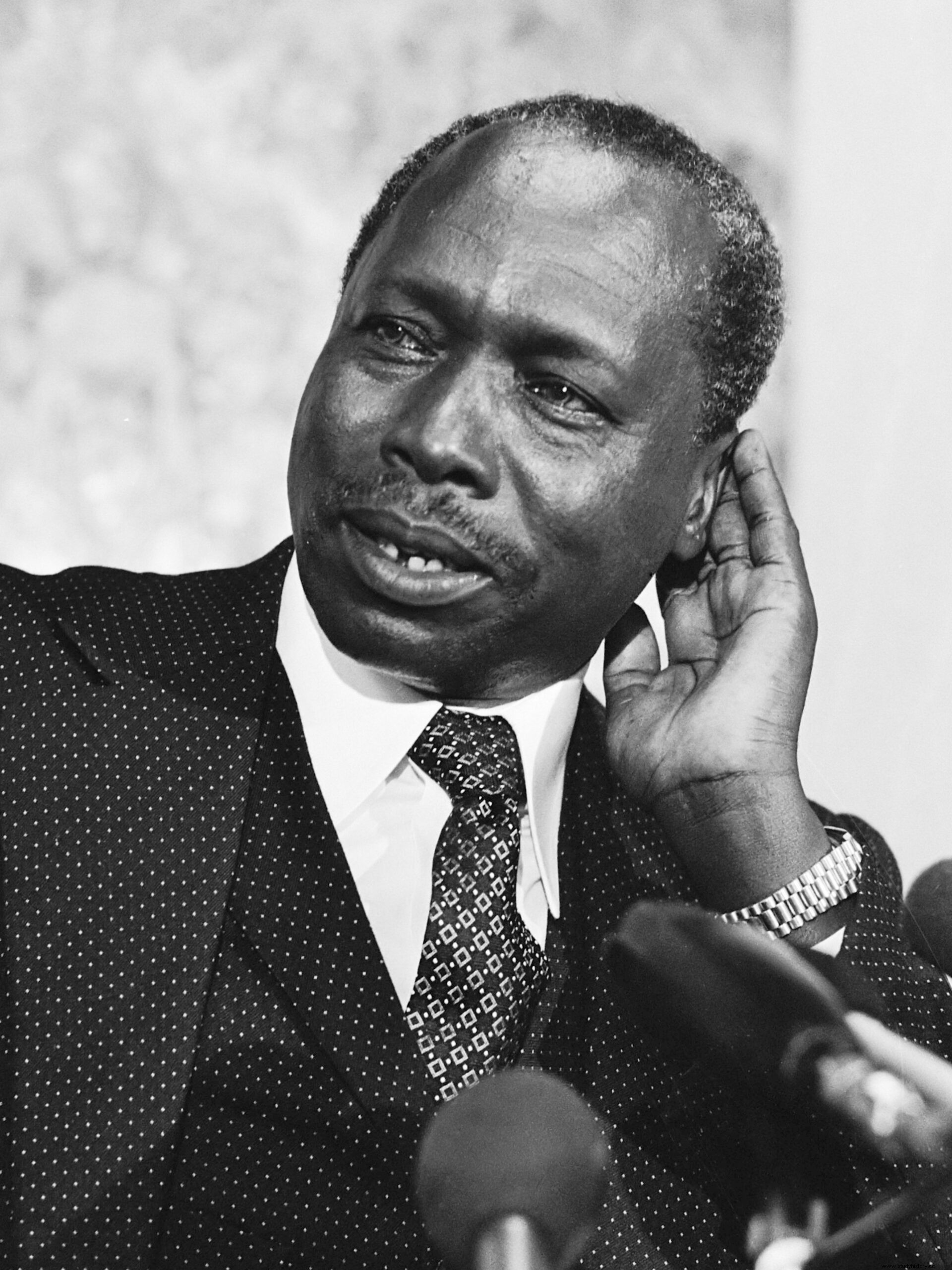
Due to the parliamentary reforms in November 1997, the rights of the political parties expanded, resulting in an excessive number of political parties, and therefore Moi won again in the re-election as president in December 19997. In Kenya's history, it is clear that they had to trust the smaller parties to create a working majority despite the fact that KANU won 113 seats out of 222 due to dropouts.
President Mwai Kibaki's time in Kenya's history
Kenya's history says that the National Rainbow Coalition or NARC was formed in October 2002 which came from the united opposition parties with a faction divided from KANU. by December 2002, Mwai Kin] baki had been elected as Kenya's third president. While the NARC collected 130 seats on 222, meaning fifty-nine percent of the seats, Kibaki had received sixty-two percent of the vote. During this period, in Kenya's history, the coalition parties sealed the rise while the democratic place had opened up.
The grand coalition in Kenya's history
On December 27, 2007, the tenth general election was held in Kenya. And Kenya's history witnessed how a conflict over the election results announced by the Kenya Election Commission or ECK turned into a unique seven-week series of violence in a few parts of the country that caused the displacement of some people, the deaths of several people, the destruction of property and a general upheaval. of economic and social life from Kenya.
His Excellency Mr. Koffi Anan, who was the former Secretary-General of the United Nations with the help of other prominent people across the African continent, including Mrs Mr Graca Machel, HE President Jakaya Kikwete, President of Tanzania and President of the African Union, His Excellency Mr. Joachim Chisamo and his Excellency Benjamin Mkapa helped unite HAN President Mwai Kibaki with his main opposition Hon. The signing of the National Accord and Reconciliation Agreement led by Raila Odinga paved the way for national security and peace and the restoration of normality in the affected areas of the country.
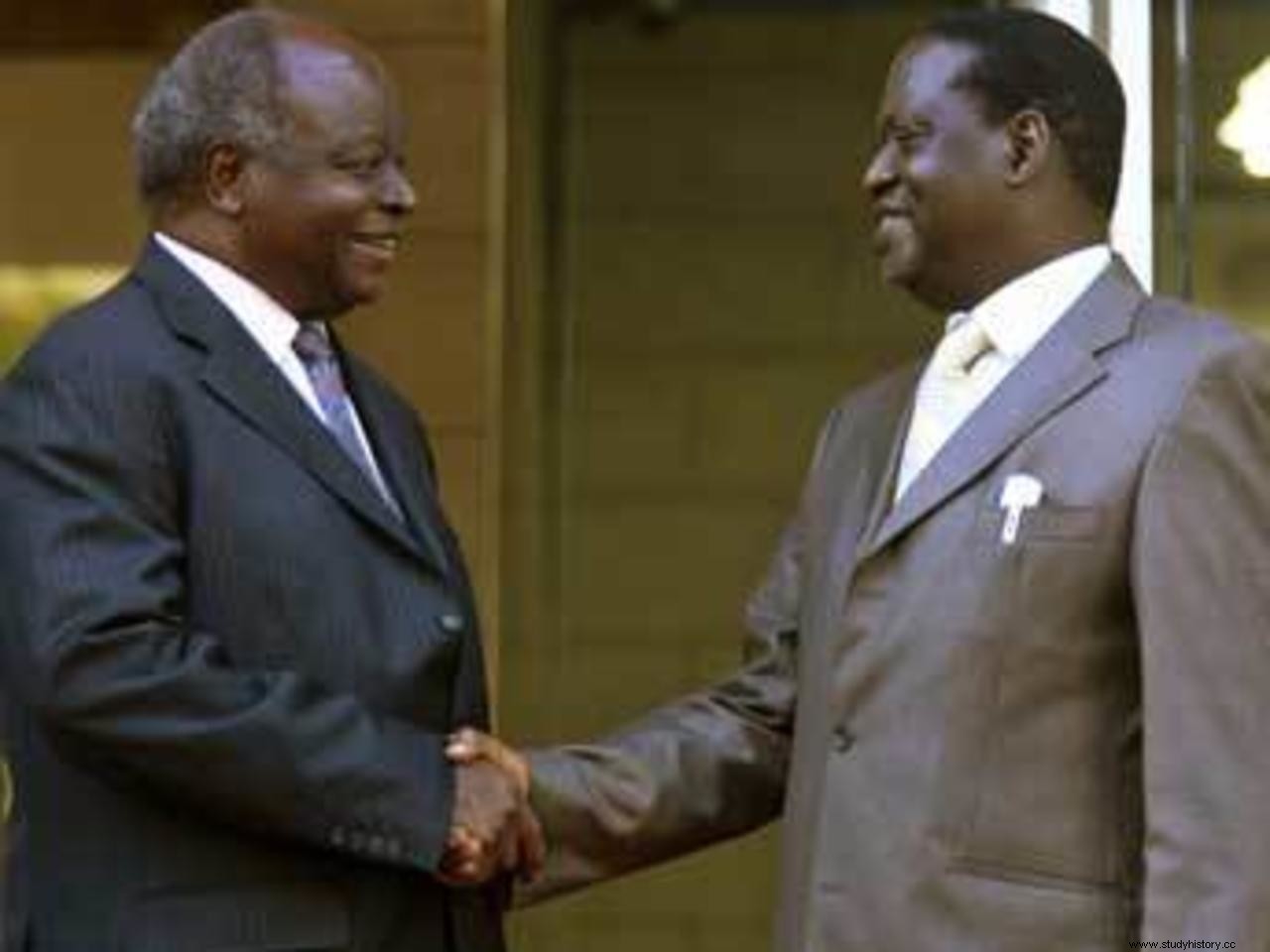
In Kenya's history, the agreement created a fundamental transformation in the structure of the government and introduced the positions of the Prime Minister and two Deputy Prime Ministers. They also formed a grand coalition between the Orange Democratic Movement Party of Hon. Odinga and National Unity, the President's party. After agreeing to the agreement, the Prime Minister and his Excellency the President formed a National Implementation Committee to set up an action program for the GCG or Grand Coalition Government. To synchronize the propaganda of the two parties and to recognize the medium with long-term and short-term guidelines that GCG will implement.
The committee had established a reconciliation and building program that has covered the entire nation with activities flowing down to each district and constituency. It also included sports personalities, community-based organizations, media, private sector, civil society in the national emergency preparedness strategy. Furthermore, three other important bodies were established, the Commission of Inquiry on Post-Election Violence, the Truth Justice and Reconciliation Commission and the Independent Review Committee on the 2007 elections. The parties also agreed on roadmaps and processes for understanding constitutional reform. will address the long-term differences that caused the violence.
In the GCG, President Kibaki served his second term Hon. Raila Odinga as Prime Minister until March 2013 when Hon. Uhuru Muigai Kenyatta was elected the fourth president along with Hon. William Samoei Ruto as his deputy for the Republic of Kenya. Kenya's history was repeated when they were re-elected for their second term in office in 2017.
For more information on the history of Kenya, visit here ..
Social issues in modern Kenya
Although the reconciliation of President Uhuru Kenyatta and his main rival Raila Odinga eased some of the political tensions, the authorities have not taken any important steps to secure electoral reforms. Kenya's history already shows us the current social problems in Kenya, such as violent evictions, extrajudicial killings and lack of action regarding the serious abuses that are still serious problems in Kenya.
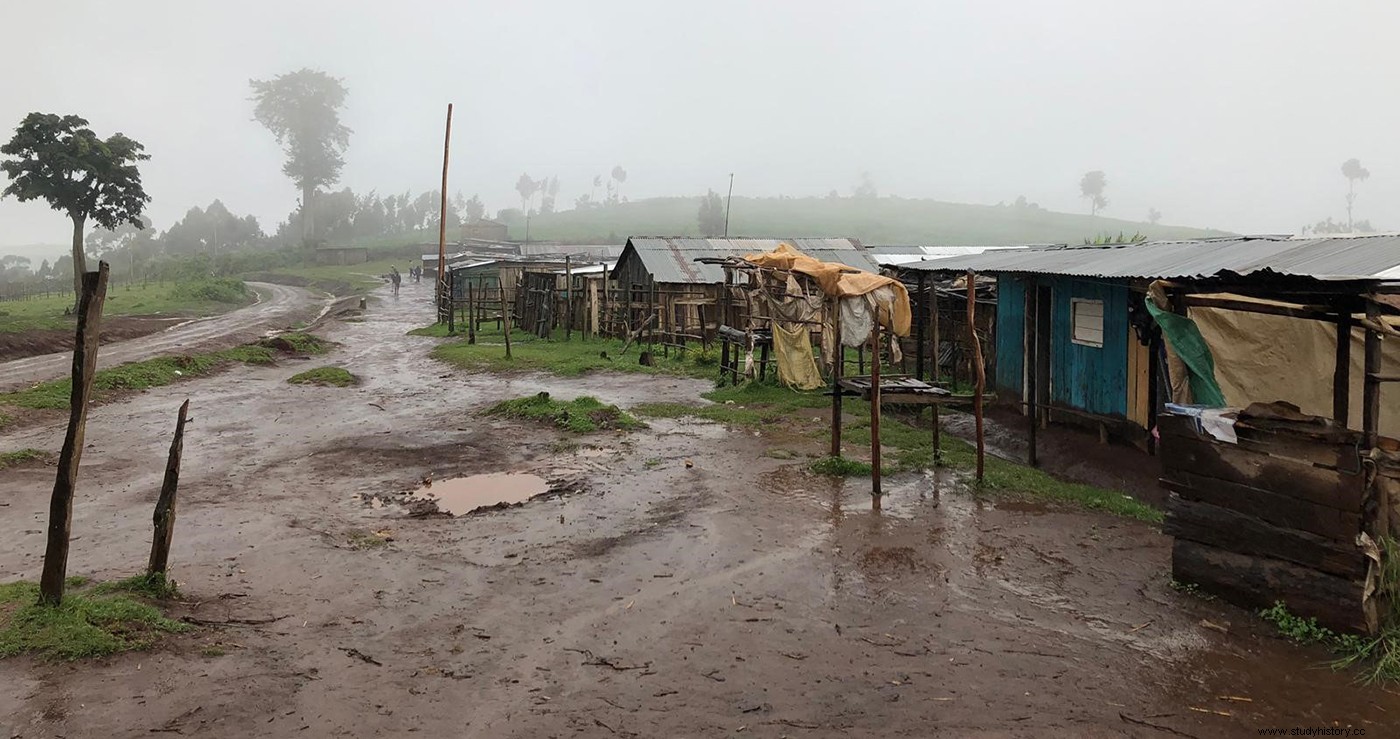
Forced expulsions
Kenya Forest Service, normal police, Kenya Wildlife Service, Narok Police, Administration Police severely evacuated the lands in Mau Forest which were documented by the human rights guard. People lived there for over thirty years, and they were brutally beaten and their homes burned, crops destroyed and nine people killed, including two babies. Despite Kenyan law, they were not compensated or relocated as the displaced live in harsh conditions in Narok County.
Covid-19
The government issued the measurements for quarantine in a degrading, forced and unconstitutional and insulting manner. Places of quarantine are unhygienic, lacking food and other necessary items such as soap and detergents. Authorities forced people to gather without social distancing or mask or any COVID-related restrictions on the area of arrival at Nairobi airport.
Security Abuse
Despite the documented and very well-known cases of police brutality, little or nothing has been done by the government and the authorities. Human Right Watch had observed that the police had shot eight people in Nairobi between December 2019 and February 2020.
Right to Property
Despite having the legal framework for non-discrimination and equality, more women do not have the support to claim marital property. The report from FIDA and Human Rights Watch from 2020 has found that there are old and ambiguous laws on inheritance and marital property in the books and the discriminatory actions make it difficult for widows, married, divorced or separated women to claim their property.
In addition to all that, there are other concerns such as girls' and women's rights, gender identity and sexual orientation, environmental rights, etc. If you want detailed information, this post can help you with the current social problems in Kenya.
Things to visit in Kenya
Despite Kenya's history and the current situation for society and the country, there is still hope as Kenyans remain optimistic about their nation. So when things are normal, you can always visit these great places that I will mention.
- Maasai Mara National Reserve
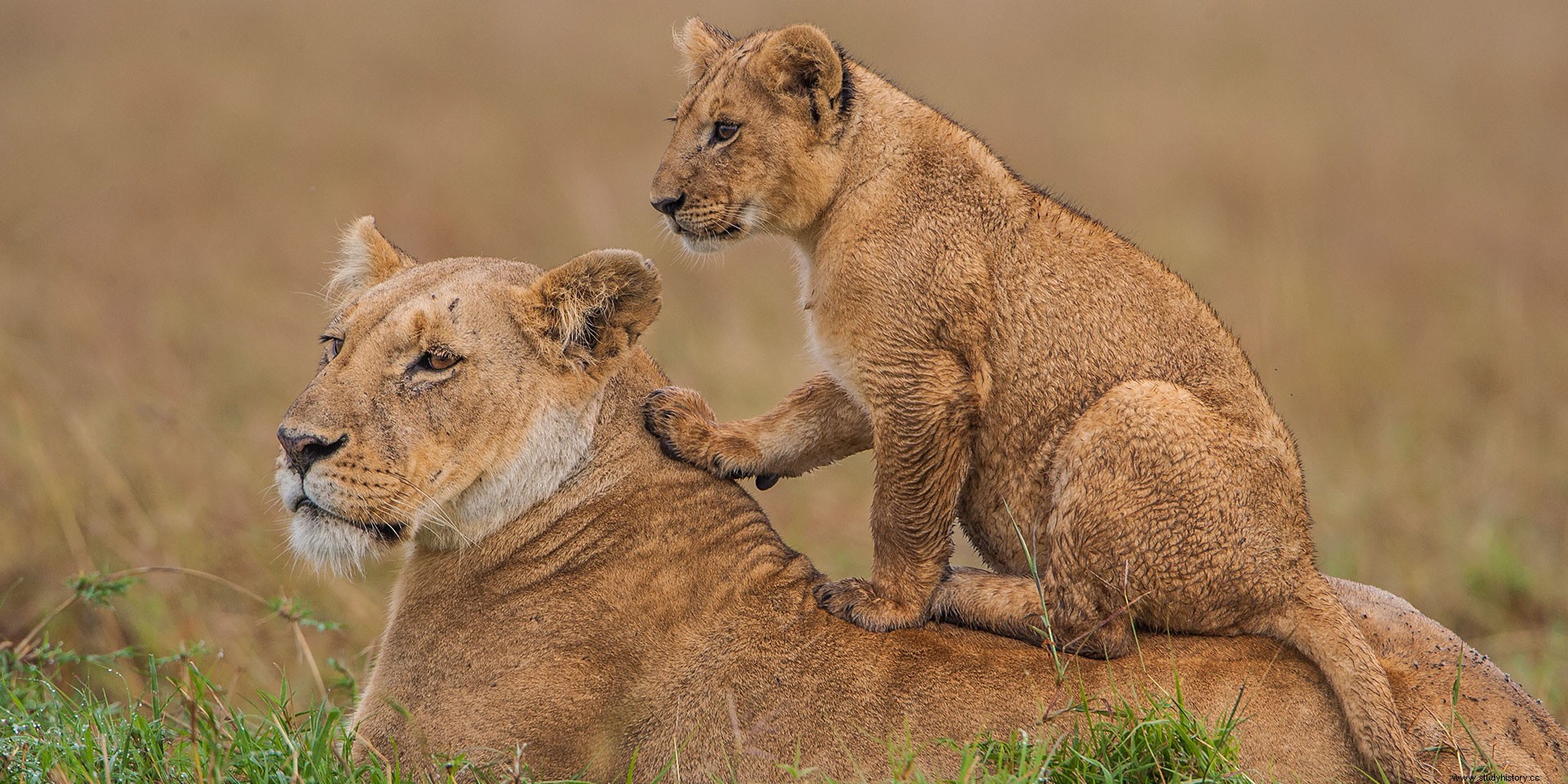
- Amboseli National Reserve
- Tsavo National Park
- Lake Nakuru National Park
- Lamu Island

- Lake Naivasha
- Nairobi
- Nairobi National Park
- Malindi

- Mombasa
Here we are finally! I hope to have encouraged you and also warned you enough about the situation in Kenya. Each country has its own problem, but that should not stop us from being adventurous and seeking to learn more about something completely different from you. So when things work out, look for more! Until then, have a good time!
